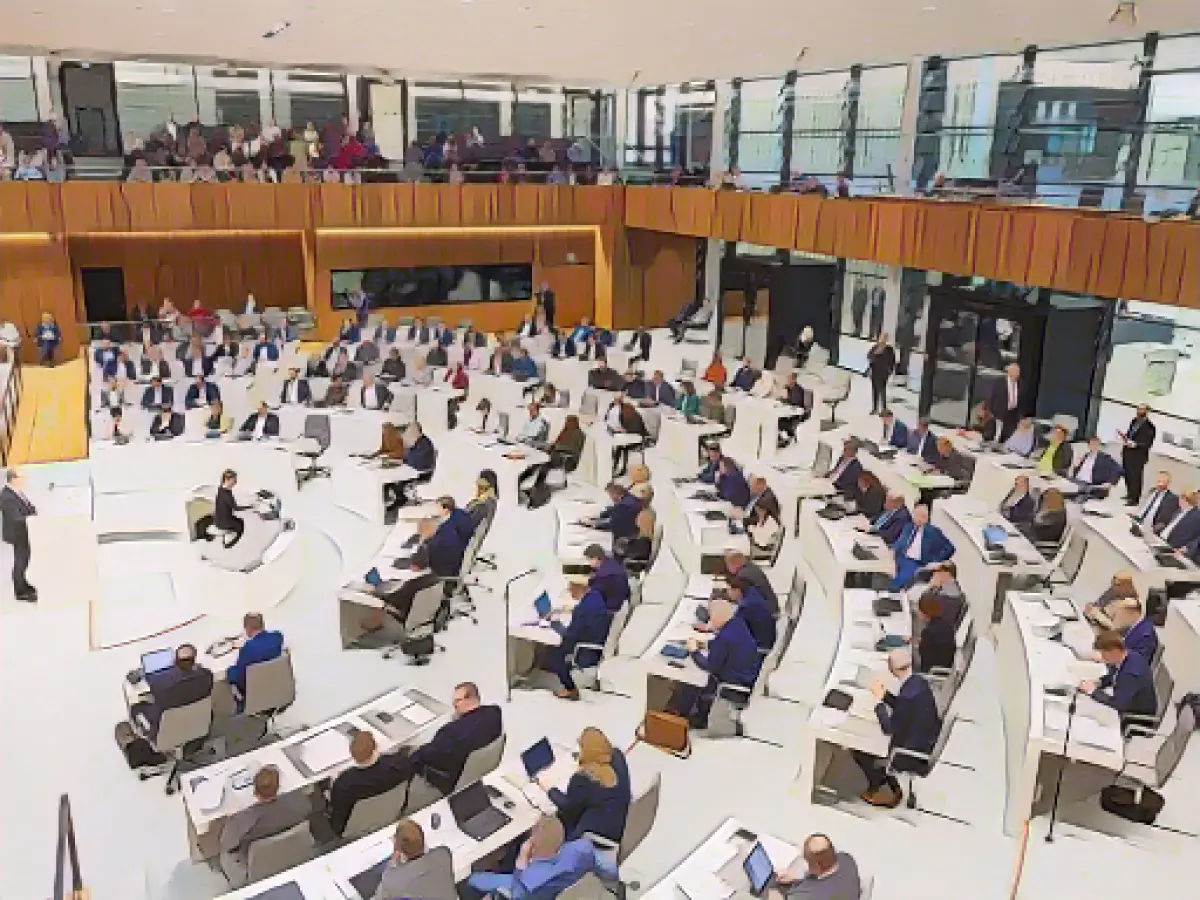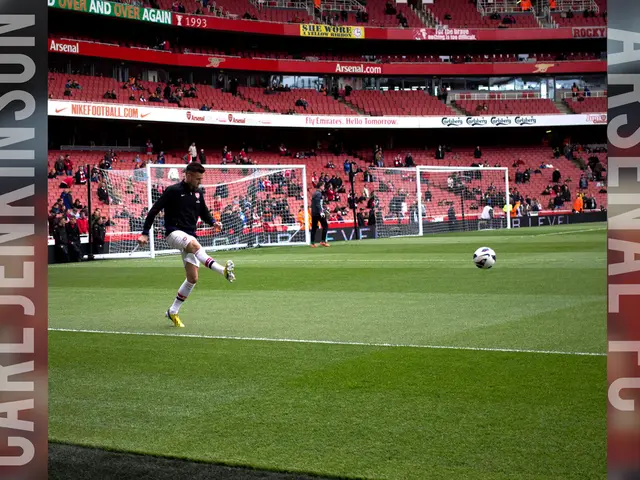In a hypothetical Lower Saxony election, the CDU would emerge as the leading party with a 28% vote share, according to an Infratest dimap poll for NDR Niedersachsen. This poll also revealed a significant drop in the SPD's support, down by 7.4 percentage points to 26%, while the Greens saw a minor decline of 1.5 points, leaving them at 13%. The AfD saw a substantial improvement, climbing from 11% to 18%. A Jamaica coalition, a grand coalition, and a coalition between the CDU and AfD, despite the CDU's rejection, could theoretically form due to the poll results.
Lower Saxony's Minister President, Stephan Weil (SPD), maintains a strong approval rating of 60%, though it has dipped marginally by 3 percentage points since October 2022. Weil has been in office for the third term, with his SPD in a red-green alliance since his re-election in November 2022. The SPD and Greens' vote loss would result in a minority status in Parliament, necessitating alternative coalition possibilities.
Gracing the political landscape of Lower Saxony, potential alliances may include:
- Red-Green Coalition - SPD and The Greens
- Red-Red Coalition - SPD and The Left
- Traffic Light Coalition - SPD, FDP, and The Greens
Conceived from national trends and the parties' performances in the region, these scenarios hinge on the SPD's strength, the Greens' stability, and the FDP's performance. Historical coalitions, like Red-Green and Red-Red, could further influence the outcome based on the state's regional dynamics and past alliances. Although predictions are uncertainties, Red-Green, Red-Red, and Traffic Light coalitions seem the most likely in Lower Saxony's political landscape.








